WHAT YOU CAN DO

While the sanctuary has regulations, and enforcement officers to ensure people follow those regulations, it is still mostly up to people on land to help protect the sanctuary.
Two of the biggest land-based issues facing coral reefs are water quality and marine debris. Here are a few ideas how you can make a difference in both of these areas.
What's good for coral reefs is good for
the entire planet. Please help protect
all of our natural resources.
LESS BAD, MORE GOOD
Use LESS water. Take shorter showers, turn off the tap while brushing your teeth, and sweep debris from your sidewalks and driveways rather than hosing it away. The more water we pull from rivers, lakes, and streams, the less freshwater reaches the ocean. This can impact ocean salinity and the health of everything that lives there.
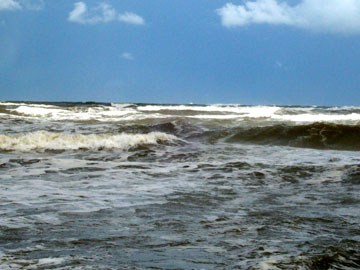
Use water MORE economically. When waiting for the hot water to reach your tap, capture the running water in a clean pan or bucket, then use it to water your plants or make a pot of coffee or tea. You've already paid for it, so why let it just wash down the drain? Put it to work.
"It all goes back to awareness and knowing better and then making a simple shift in habit...Eventually, it just becomes second nature." - Jennifer Aniston
top of page
Use LESS of fertilizers and pesticides. As water runs off your yard after a rain storm, excess fertilizers and pesticides are carried to storm drains, which flow to local waterways that ultimately lead to the sea. These "extra" nutrients can cause harmful algae blooms or poison animals living in the water.

Plant MORE native plants. Native plants are naturally adapted to survive in the environments where they live, so they require fewer pesticides and fertilizers to help them grow well and look nice. Plants also serve as natural filters for water and reduce run-off. That means less water heading to storm drains and cleaner water for everyone.

"What has always given me hope is that the small steps can lead to sea change...The little things count as much as the big things when enough people are doing them." - Robert Redford
top of page
Create LESS waste. Choose items with the least possible packaging, buy only what you need, and share or donate what you have left over rather than throwing it away. Less waste means smaller landfills and less stuff breaking down into possibly harmful substances that can leach into our waterways.
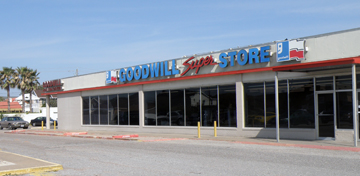
Put MORE thought into your purchases. Do you really need that? Do you need that much of it? How often are you really going to use it? Is it safe for the environment? Can you make a better choice? Just stopping to think about a few of these things can make you a more conscientious shopper and help reduce the amount of waste you create and the amount of money you spend.
"This is about sharing and having enough to share. It should be a celebration of abundance, instead of anxieties about limits." - William McDonough
top of page
Use LESS plastic. Plastics break down over time into smaller and smaller pieces, but they never go away entirely. These tiny pieces called "nurdles" end up in waterways and get eaten by animals that think they are food. Less plastic means less danger to animals.
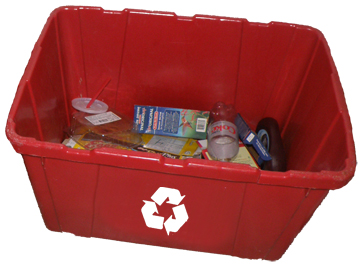
Recycle things MORE. Find out about your local recycling program and participate. Most programs take plastic, paper, cardboard, metal, and glass. The more you recycle, the fewer raw materials we need to draw from our environment and the less we send to landfills. That also means less water used in processing, less waste, less runoff, and less stuff!
"You don't have to change the way you live to recycle...It's more about just being conscious of your waste. When you can see the difference recycling makes in your house, you can begin to imagine how big an impact it can have on the world." - Faith Hill and Tim McGraw
top of page
Use LESS plastic bags. Plastic bags may seem helpful in the right places, but in the wrong places they look like food for marine animals, entangle wildlife, and get carried by wind and water to every corner of the planet. Select trash bags made from 100% recycled content, then try using them only in the main trash can in your house. Skip the plastic bag liners in your other household trash cans and instead empty them into the main trash can regularly.
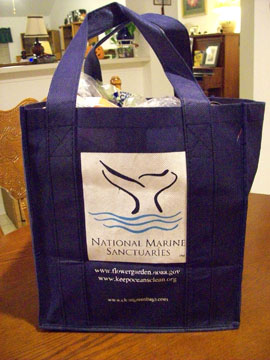
Carry MORE reusable shopping bags. Take canvas or other re-usable bags into stores with you instead of taking home more plastic bags with your purchase. Many re-usable shopping bags are made of recycled plastics, so you are already using something twice. They also tend to be sturdier and larger than plastic grocery bags, so you can take home more in less packaging. If you keep them in your car, they are always handy.
"There is no one thing that we can all do that will make it all better. It's about making the best choices that are available." - Cameron Diaz
top of page
Leave LESS trash. When you are out and about, be sure to pack up your trash and dispose of it properly, preferably by recycling. But don't stop there! Pick up at least one extra piece left by someone else. Less trash means fewer items getting blown or washed into the water and becoming marine debris.

Take MORE home. When traveling, pack your food in re-usable containers, then take them home to use again. When dining out, bring your own re-usable container for leftovers so the extra food won't go to waste and you won't need a styrofoam box. Can you eat a trash free meal?
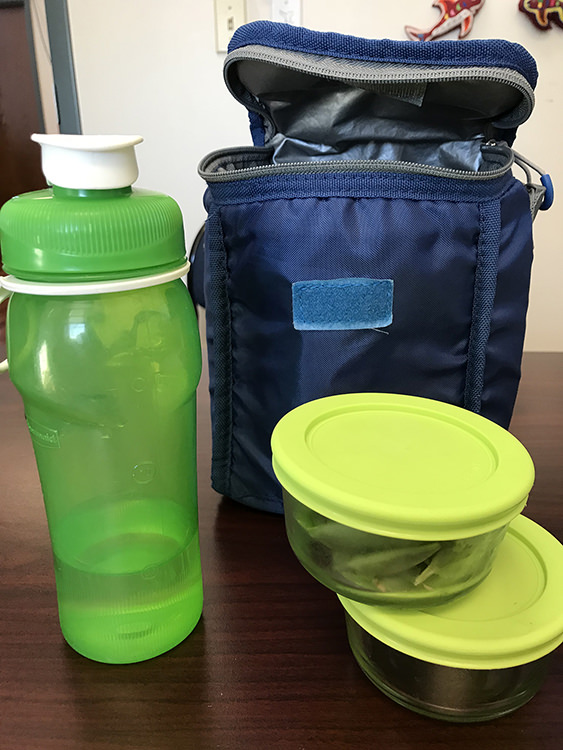
"How we treat the earth says much about us as a society, about our spirit and strength as a nation. I am extremely optimistic that we, the people, will turn the tide." - Robert Redford
top of page
IN THE STORE

Buy LESS coral. Corals take a long time to grow, especially black corals and other deepwater species. Removing them from the ocean to make jewelry and household decorations can destroy valuable habitat that could take hundreds, if not thousands, of years to grow back. If you show less interest in buying these kinds of products, harvesters will show less interest in collecting them for sale.

Appreciate corals MORE where they live. Corals are never more beautiful than when they are living and thriving and providing habitat for other marine life. Enjoy visiting them, treat them kindly, and leave them where they are. Take only pictures, leave only bubbles. Corals are already a gift, don't give them as presents.
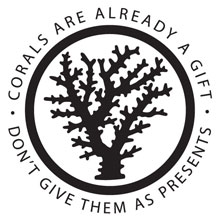
top of page
LEARN MORE

LEARN MORE. Knowing why coral reefs are important, what hurts them, and what helps them, makes you friendlier to our ocean planet.
We encourange you to visit Five Things You Should Know About Coral Reefs on the National Ocean Service website.
For MORE ideas how to be conscientious within the sanctuary, please visit our Reef Etiquette page.
Celebrity quotes on this page come from "The Green Book" by Elizabeth Rogers and Thomas M. Kostigen
top of page